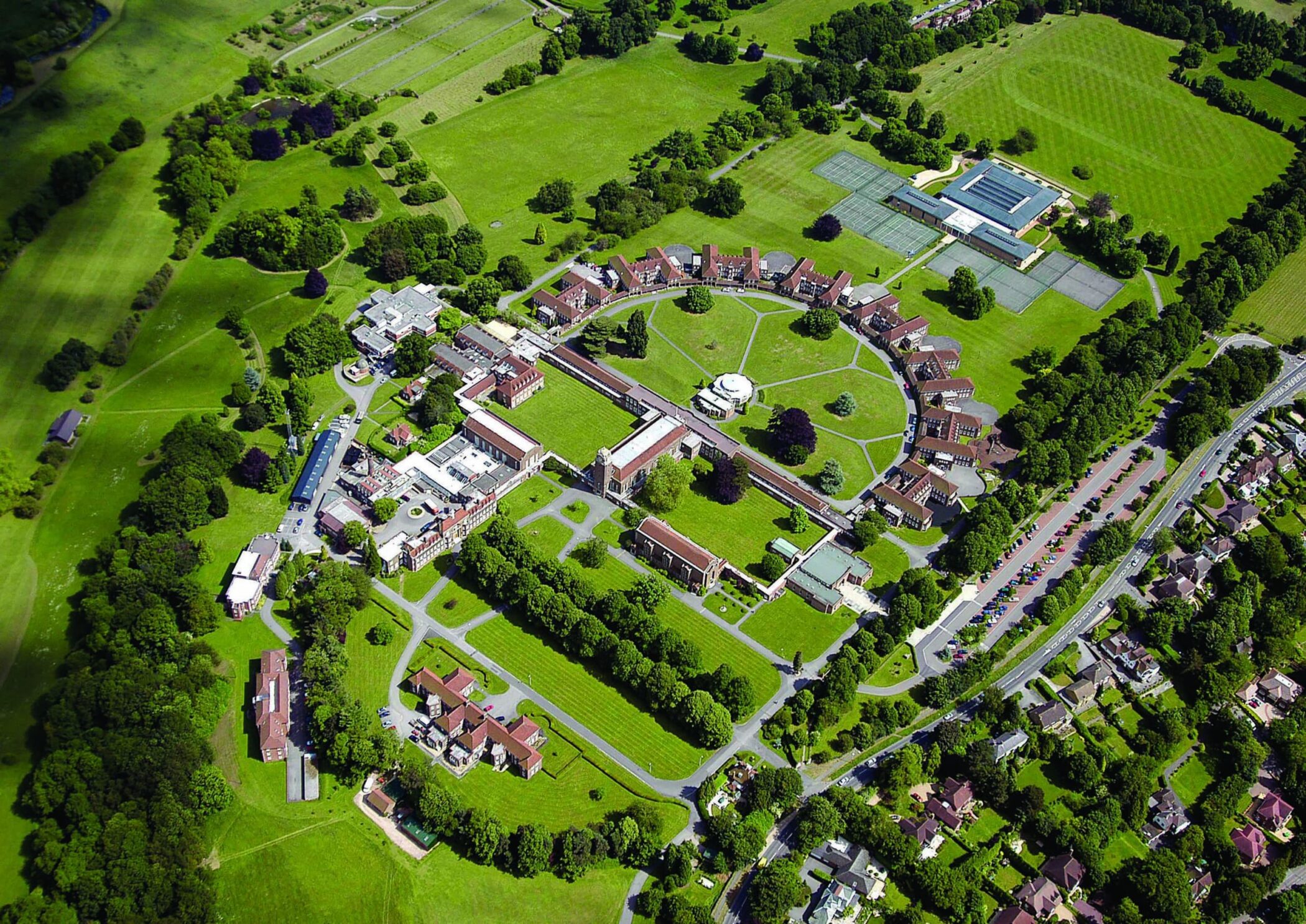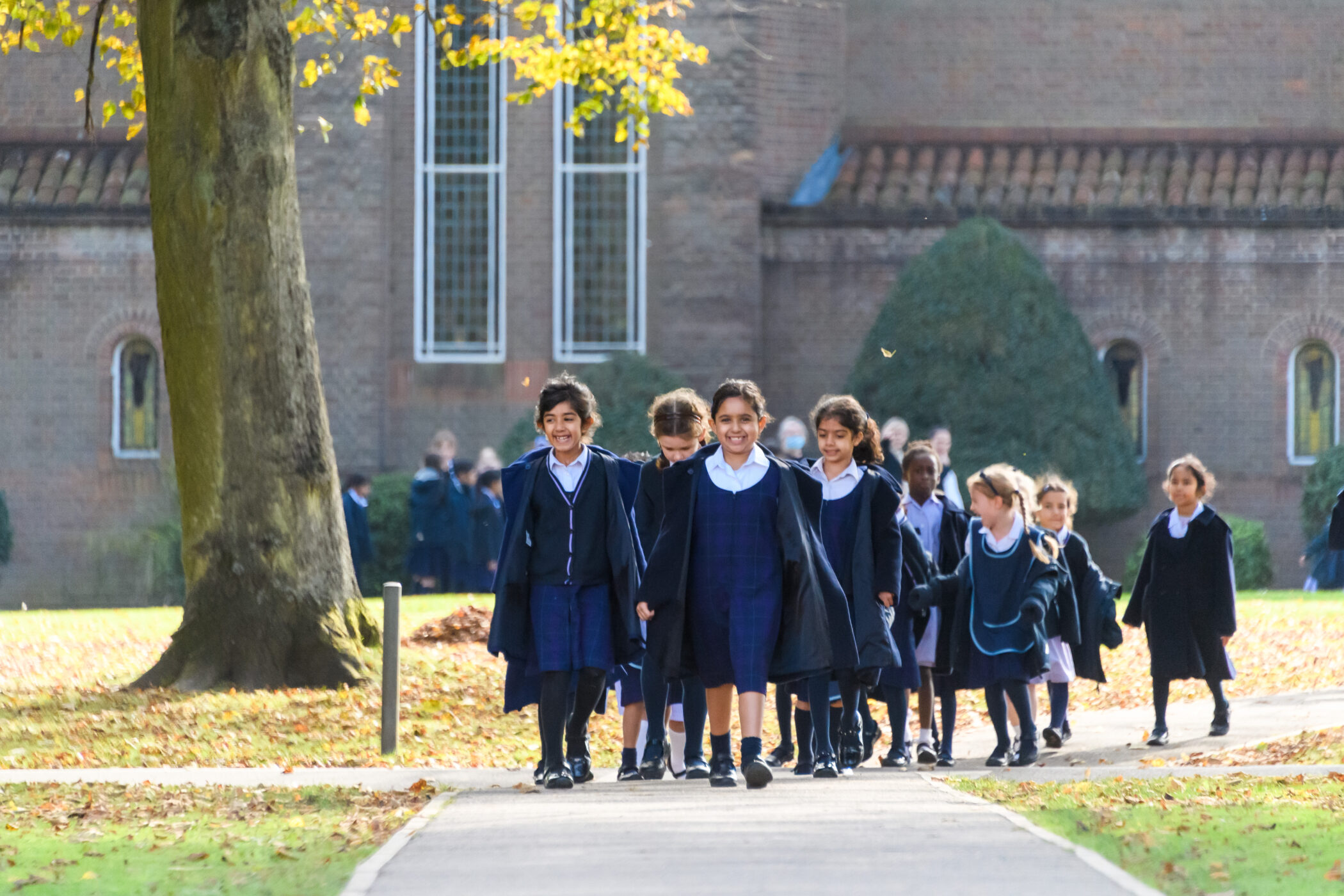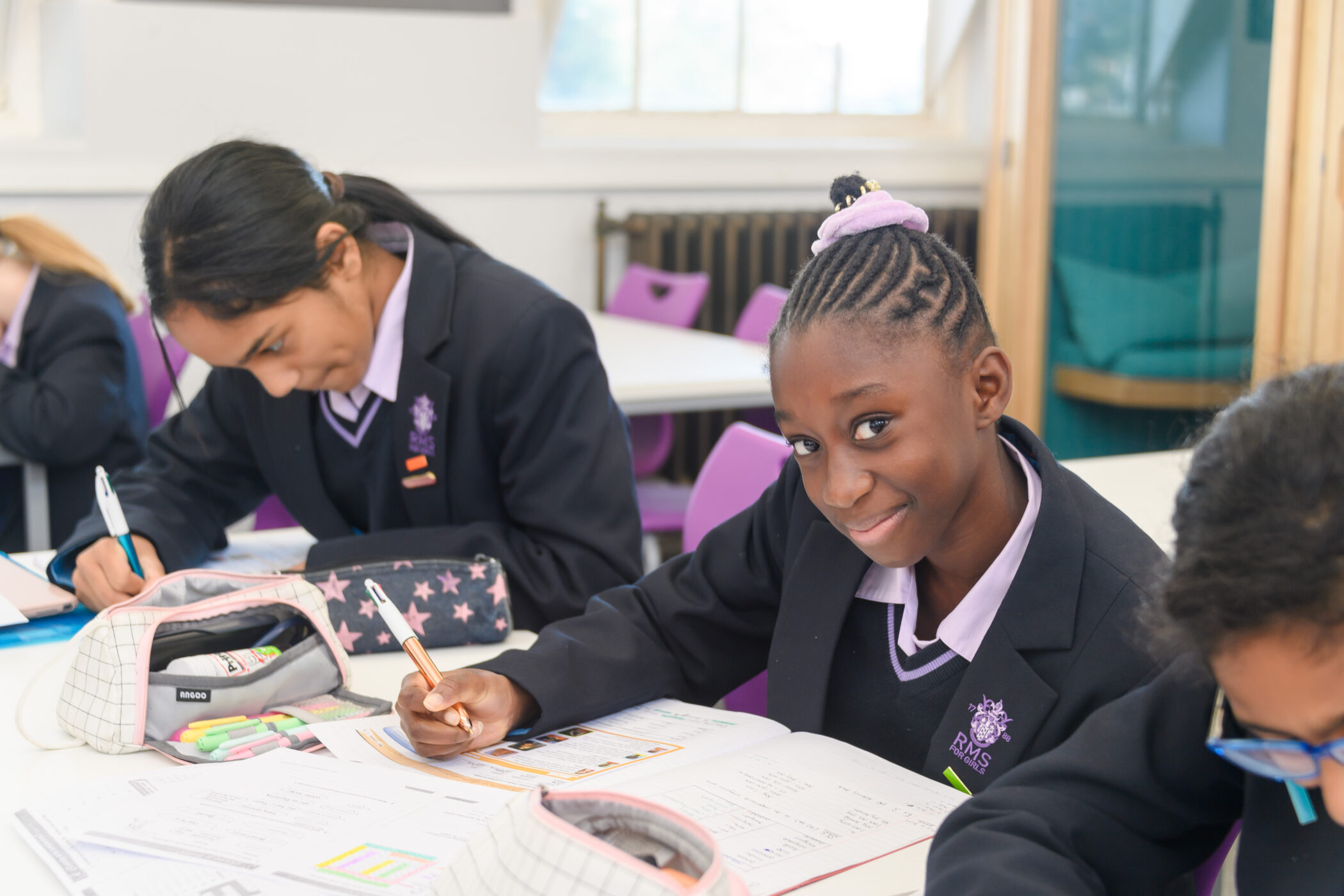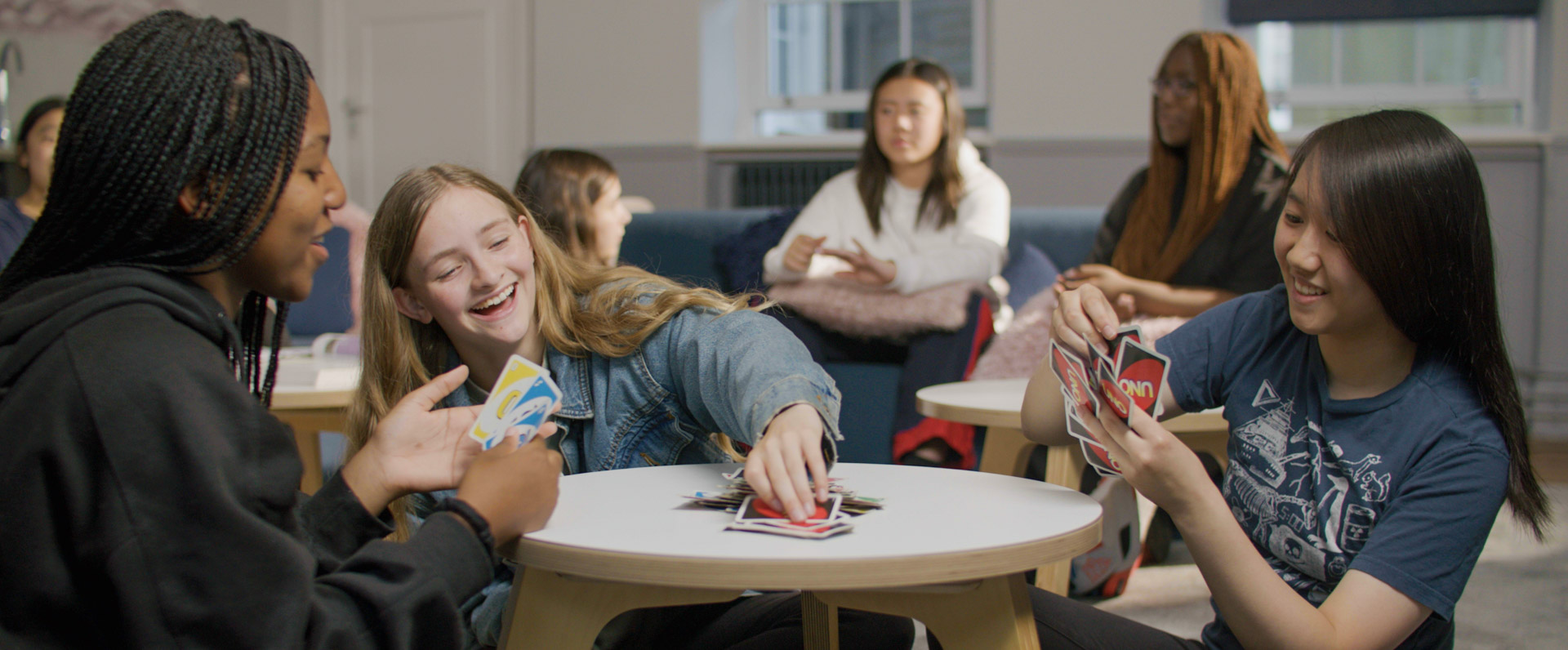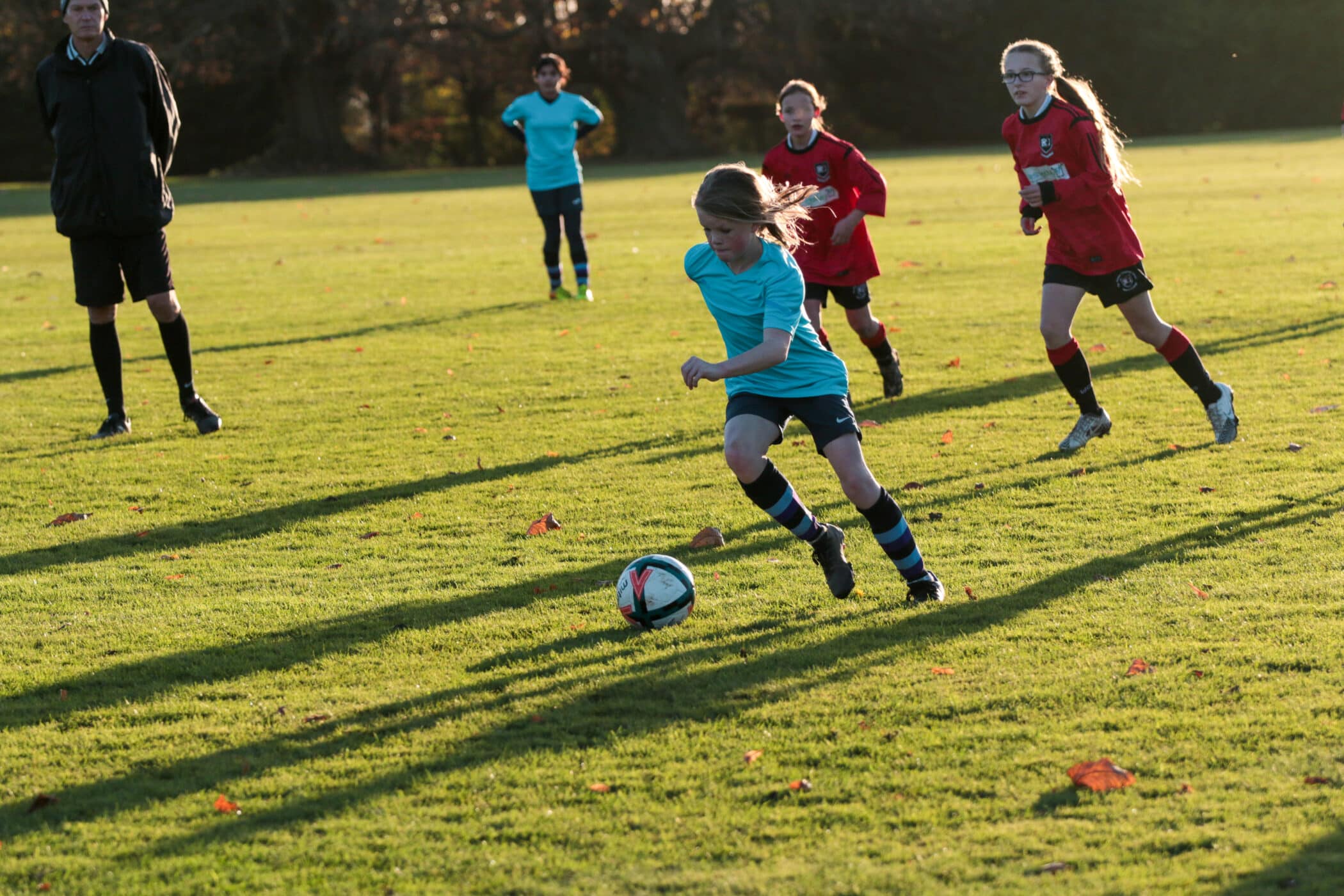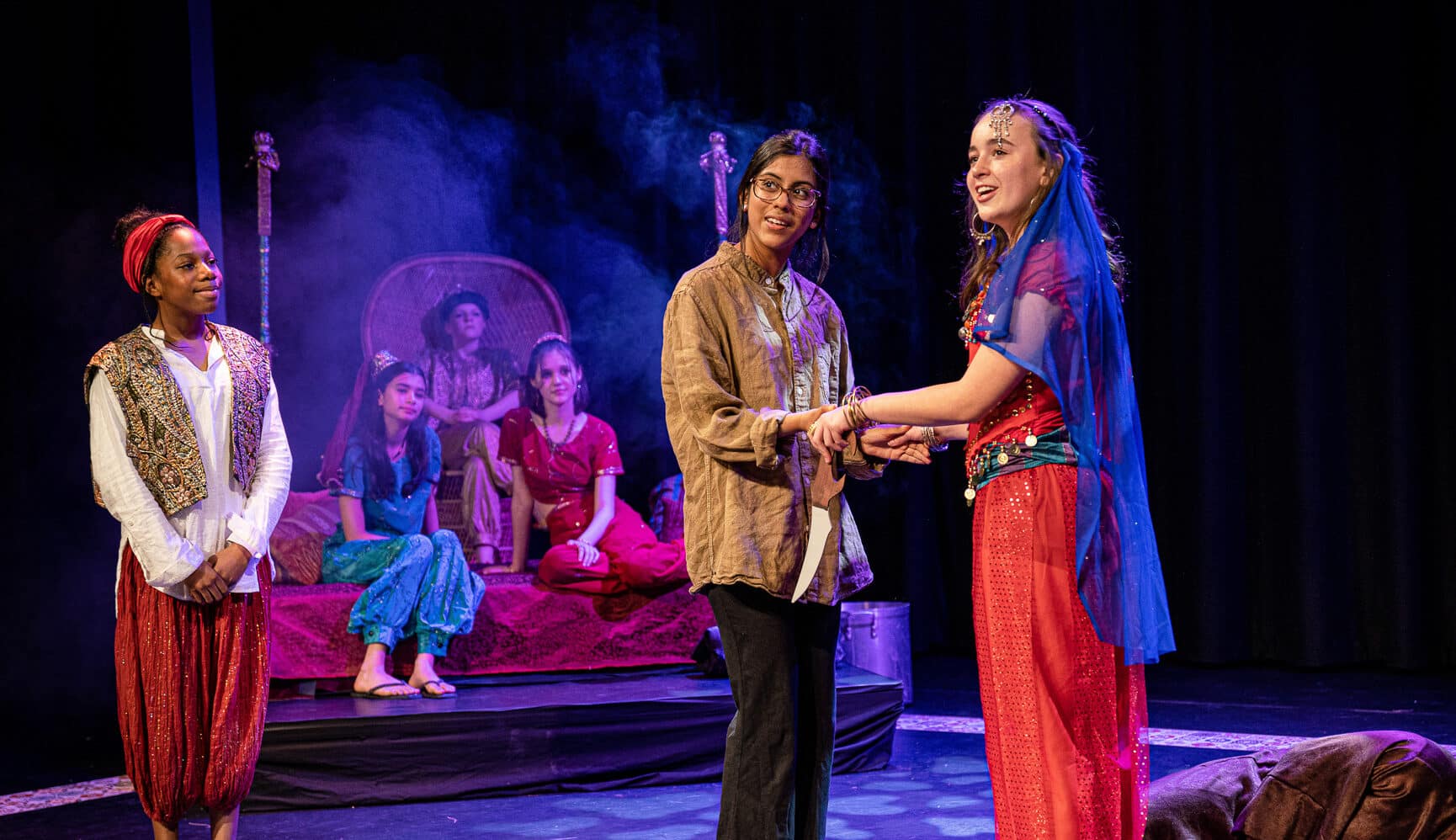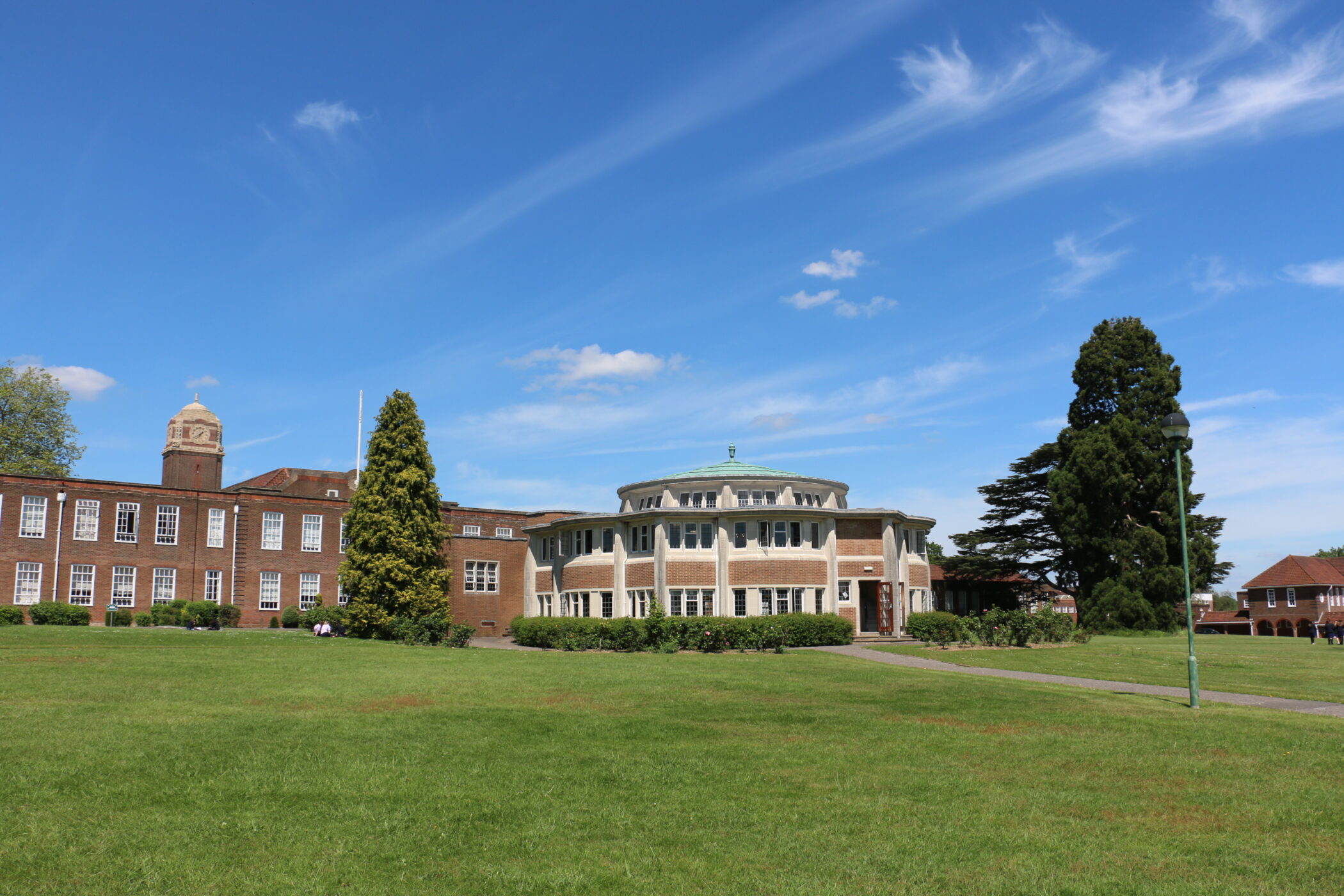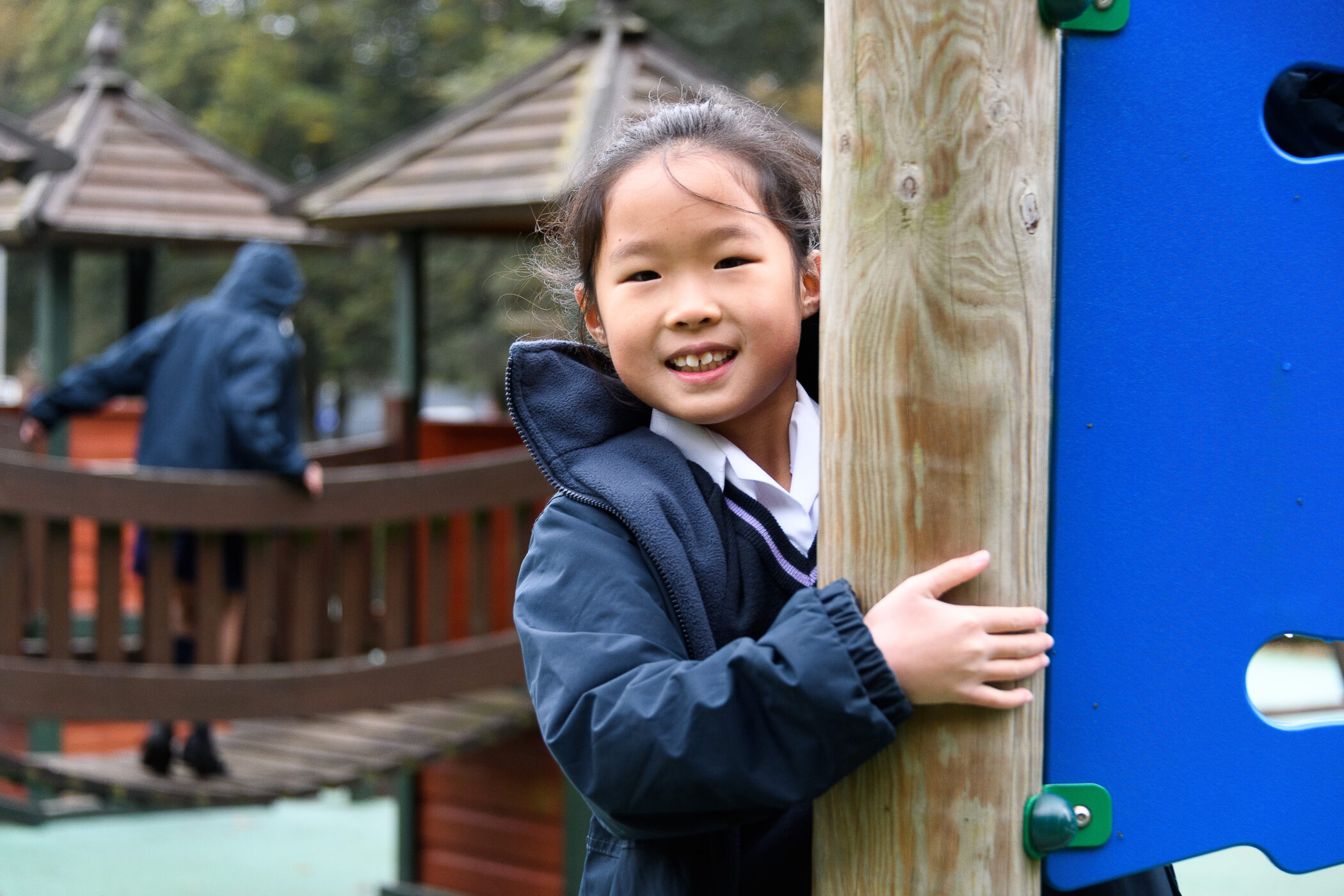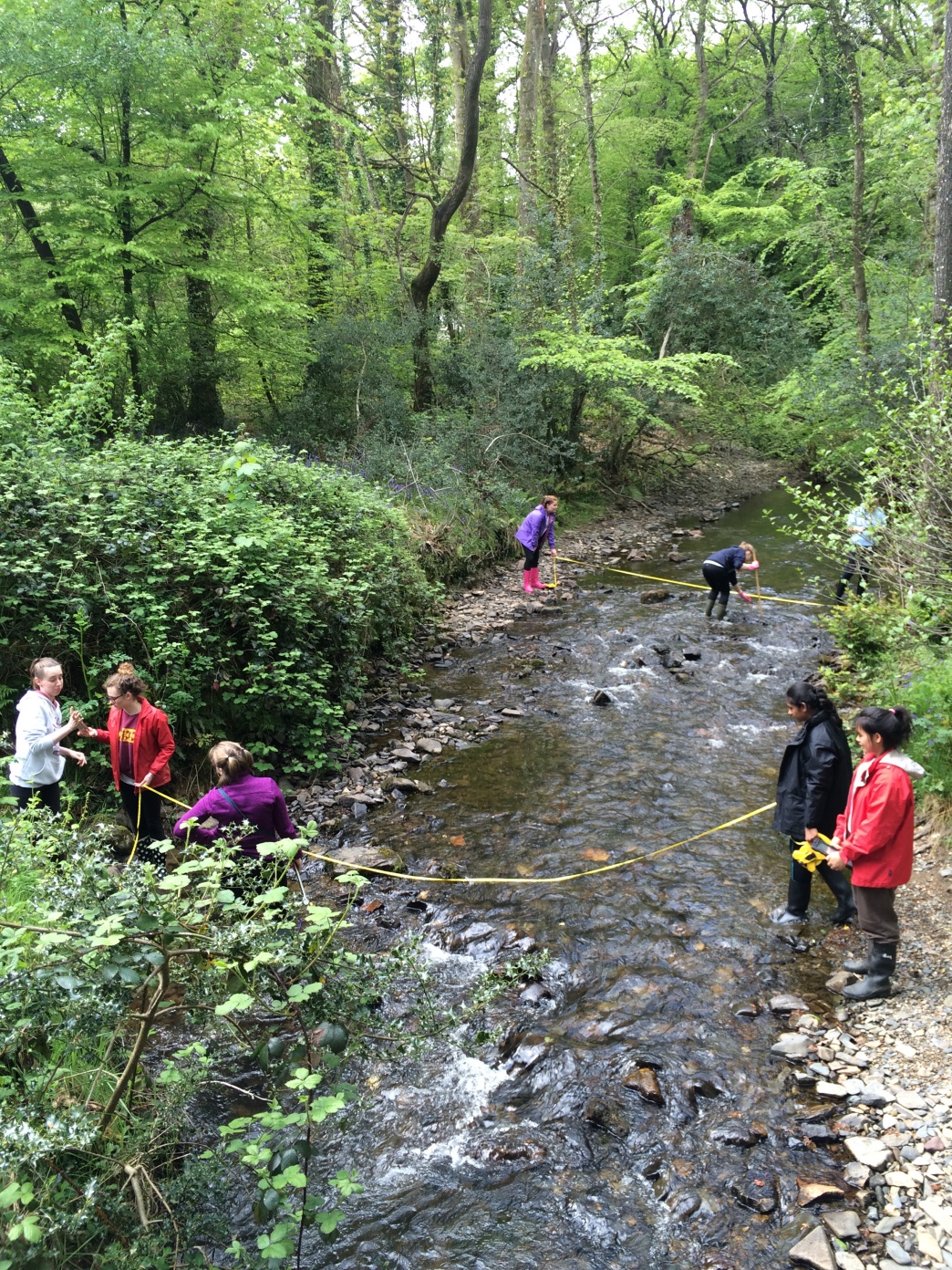On Friday 13th of May, 25 GCSE Geography students from Year 10 went on a field trip to Slapton Sands.
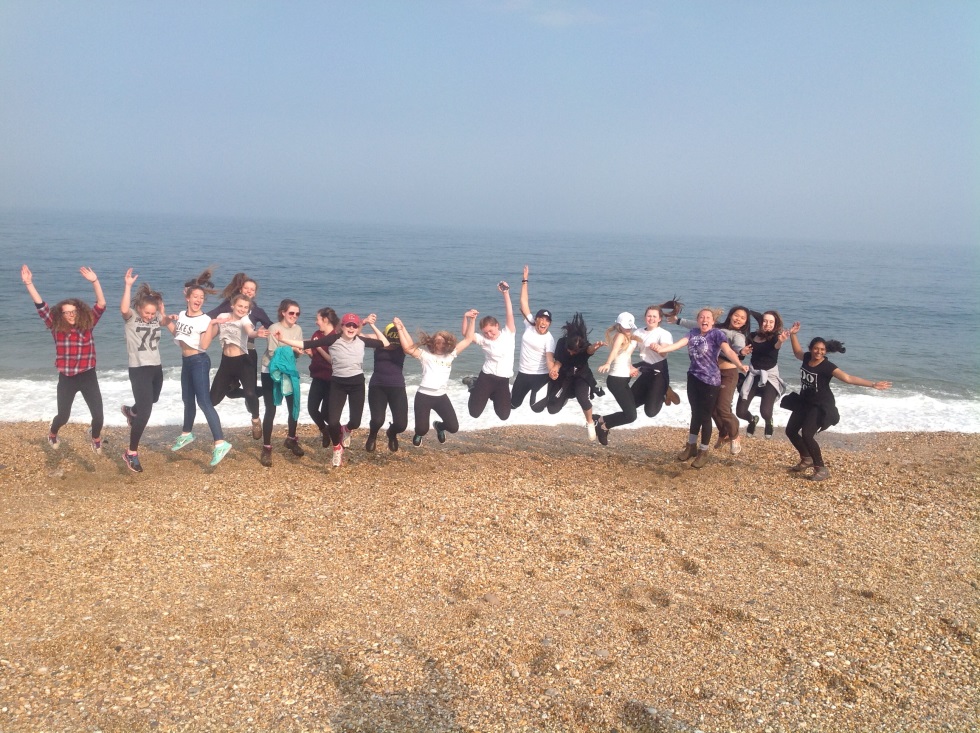 After a six hour bus journey we arrived in a very sunny Devon feeling quite tired. We had a quick introduction to the field studies centre where we were staying, and then set of to walk to Torcross. When we arrived, we sat on the beach and were able to discuss different methods of sustainable management that are in place on the beach at Torcross. This was very interesting as we could see how what we have learnt about in lessons, was actually put into practice. After a quick ice cream, our group walked to a different section of the beach where we were able to conduct a field experiment, testing how the steepness of the beach changed from the ocean to the road, from one end of the beach to the other. This was an exciting experience that involved lots of equipment and even more walking down the steep beach. When all our results were collected we did a survey on the different types of rock found at the beach which proved to be a large variety from very far out to sea, showing how far the ocean carries its load, we even did a demonstration where we were required to be pebbles, and the ocean moved us down the beach, luckily the beach wasn’t too busy so the strange looks were minimal.
After a six hour bus journey we arrived in a very sunny Devon feeling quite tired. We had a quick introduction to the field studies centre where we were staying, and then set of to walk to Torcross. When we arrived, we sat on the beach and were able to discuss different methods of sustainable management that are in place on the beach at Torcross. This was very interesting as we could see how what we have learnt about in lessons, was actually put into practice. After a quick ice cream, our group walked to a different section of the beach where we were able to conduct a field experiment, testing how the steepness of the beach changed from the ocean to the road, from one end of the beach to the other. This was an exciting experience that involved lots of equipment and even more walking down the steep beach. When all our results were collected we did a survey on the different types of rock found at the beach which proved to be a large variety from very far out to sea, showing how far the ocean carries its load, we even did a demonstration where we were required to be pebbles, and the ocean moved us down the beach, luckily the beach wasn’t too busy so the strange looks were minimal.
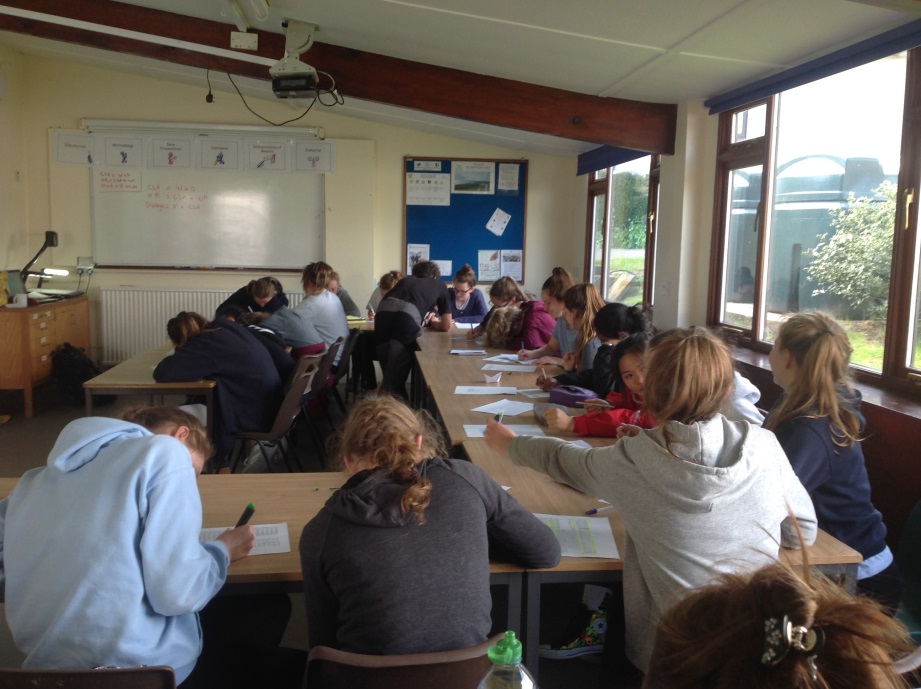
After the walk home we set to work in our designated lab compiling the results and looking at them as a whole to see how long shore drift affects the shape of the beach. After this the whole group was extremely tired, so everyone went to bed for an early night.
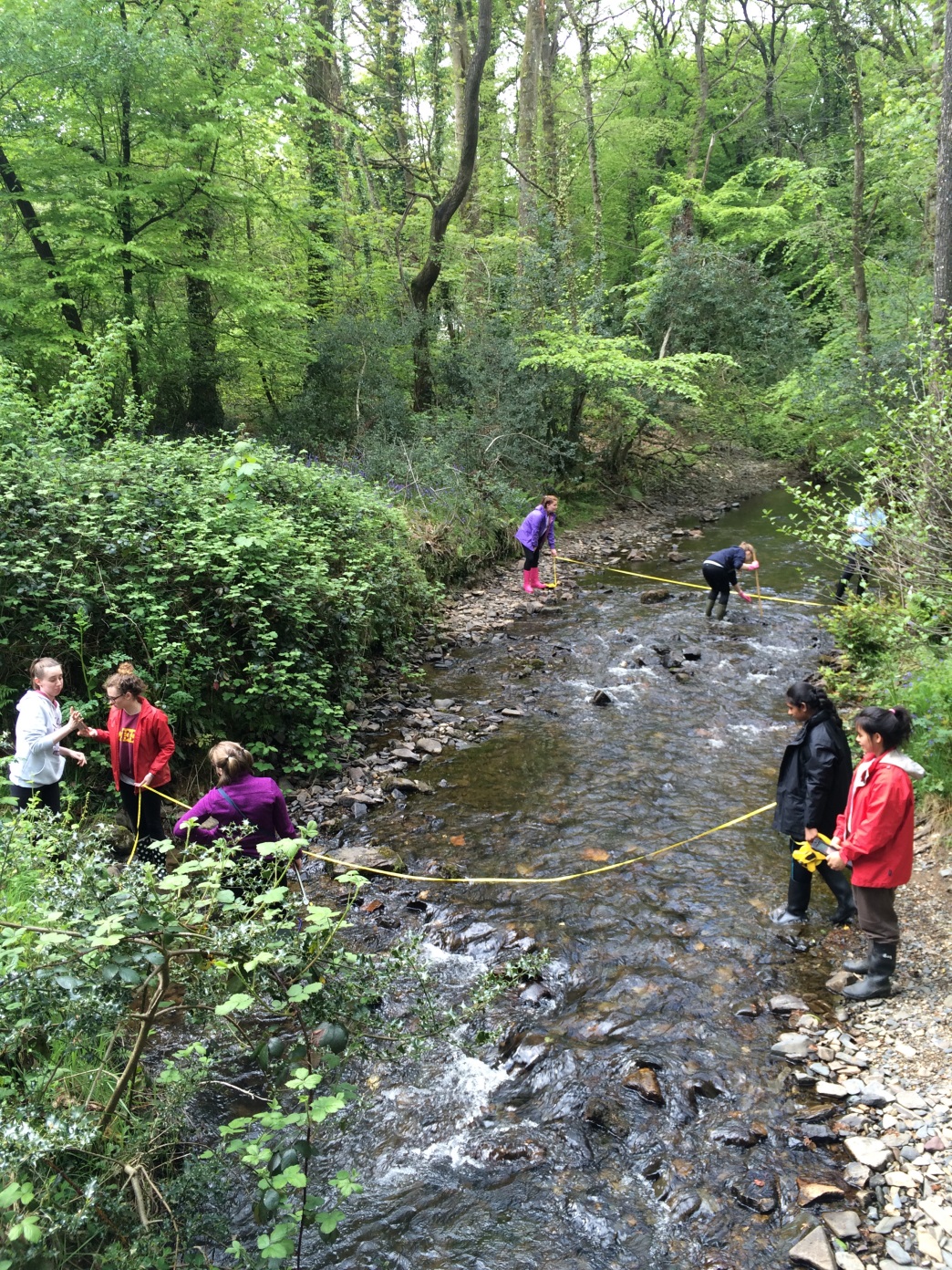 Saturday was focused on the river section of our Geography course. We visited three sections of the River Lemon, the upper, middle and lower course. The first section of the River was found in Dartmoor, near to the Hay Tor rock. Here we were able to get knee deep in the river conducting tests to measure factors such as: depth, speed of the water, the distance between banks and the size of the rocks. We were able to climb the Hay Tor and have a quick photo shoot before heading out to our next location. Next on the list was Yeo Valley, sadly we discovered the yogurt is not made here but in Somerset. After the large disappointment that there would be no yogurt we conducted the same tests in the middle course of the river, as we would later compare the results for each section of the river. Finally, we travelled to Newton Abbott for the final section of the river. After conducting our tests, we had enough time for a quick “Welly Wang.” This involved taking your welly partly off the trying to kick it as far as you could, sadly I did not win as I fell over before we had even started, trying to take my welly off, much to Miss Cook's amusement. We then returned to the field centre to discuss and compare our findings and complete a few activities to consolidate our learning.
Saturday was focused on the river section of our Geography course. We visited three sections of the River Lemon, the upper, middle and lower course. The first section of the River was found in Dartmoor, near to the Hay Tor rock. Here we were able to get knee deep in the river conducting tests to measure factors such as: depth, speed of the water, the distance between banks and the size of the rocks. We were able to climb the Hay Tor and have a quick photo shoot before heading out to our next location. Next on the list was Yeo Valley, sadly we discovered the yogurt is not made here but in Somerset. After the large disappointment that there would be no yogurt we conducted the same tests in the middle course of the river, as we would later compare the results for each section of the river. Finally, we travelled to Newton Abbott for the final section of the river. After conducting our tests, we had enough time for a quick “Welly Wang.” This involved taking your welly partly off the trying to kick it as far as you could, sadly I did not win as I fell over before we had even started, trying to take my welly off, much to Miss Cook's amusement. We then returned to the field centre to discuss and compare our findings and complete a few activities to consolidate our learning.
Finally, Sunday was focused on the living world, the final topic of physical Geography. We were able to walk through Slapton Ley, an area of immense beauty. We were studying different types of trees and vegetation that grew when the trees had been coppiced and when they hadn’t. We had to climb a small bank to conduct our experiment, which caused some hilarity when everyone was trying to get down the steep incline without falling over. We carried out our experiment in three locations where we had to get nice and dirty by sifting through leaf litter to look for creepy crawlies. We then walked to the Ley where we took samples of the water to see what wild life lived in the Ley, as indicators for pollution. The many Mayfly larvae told us that the Ley was very clean and unpolluted.
After a geography fact filled weekend the very tired group set off for the very long journey home, and the awaiting exams.
Florence MacS, Year 10
